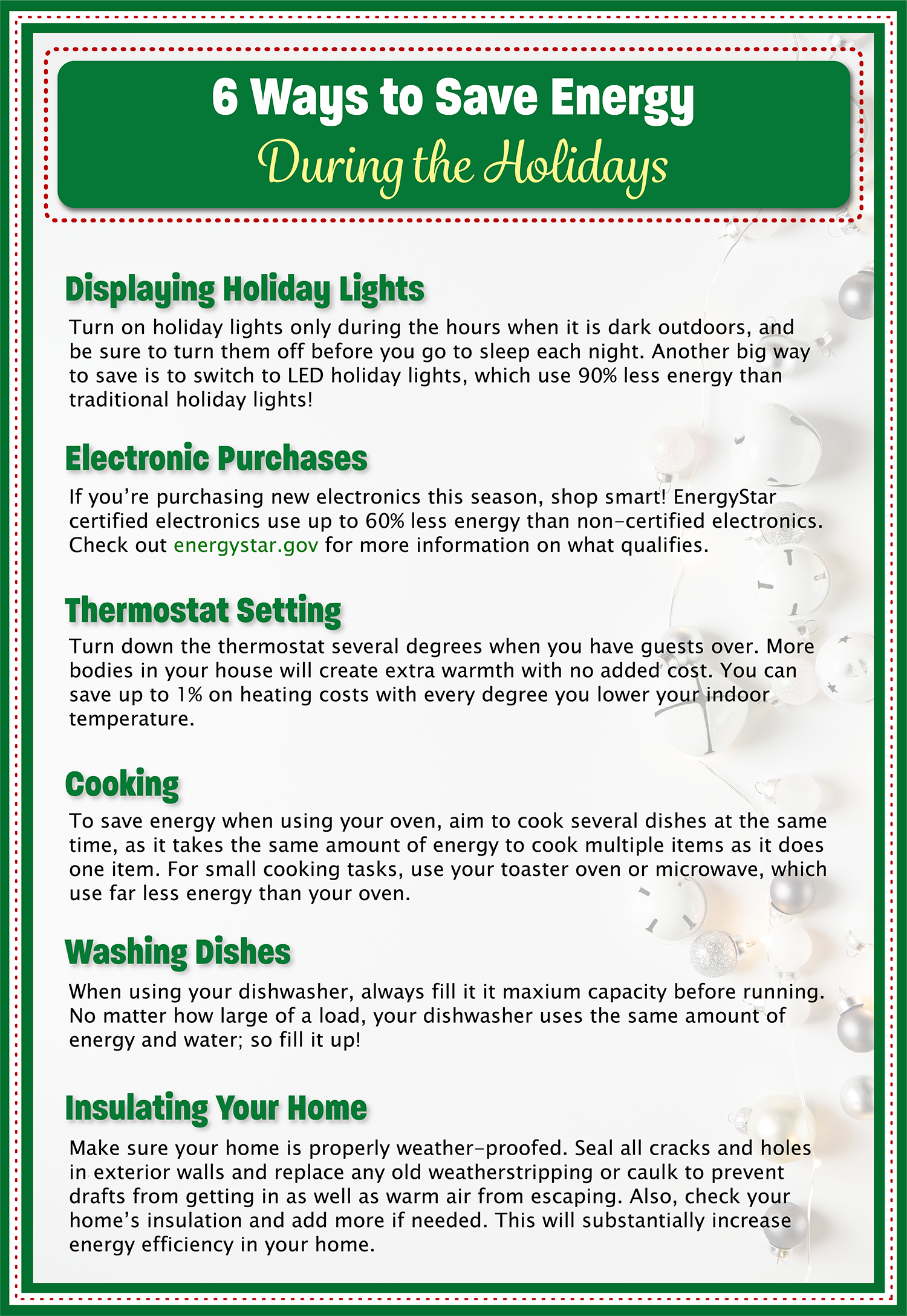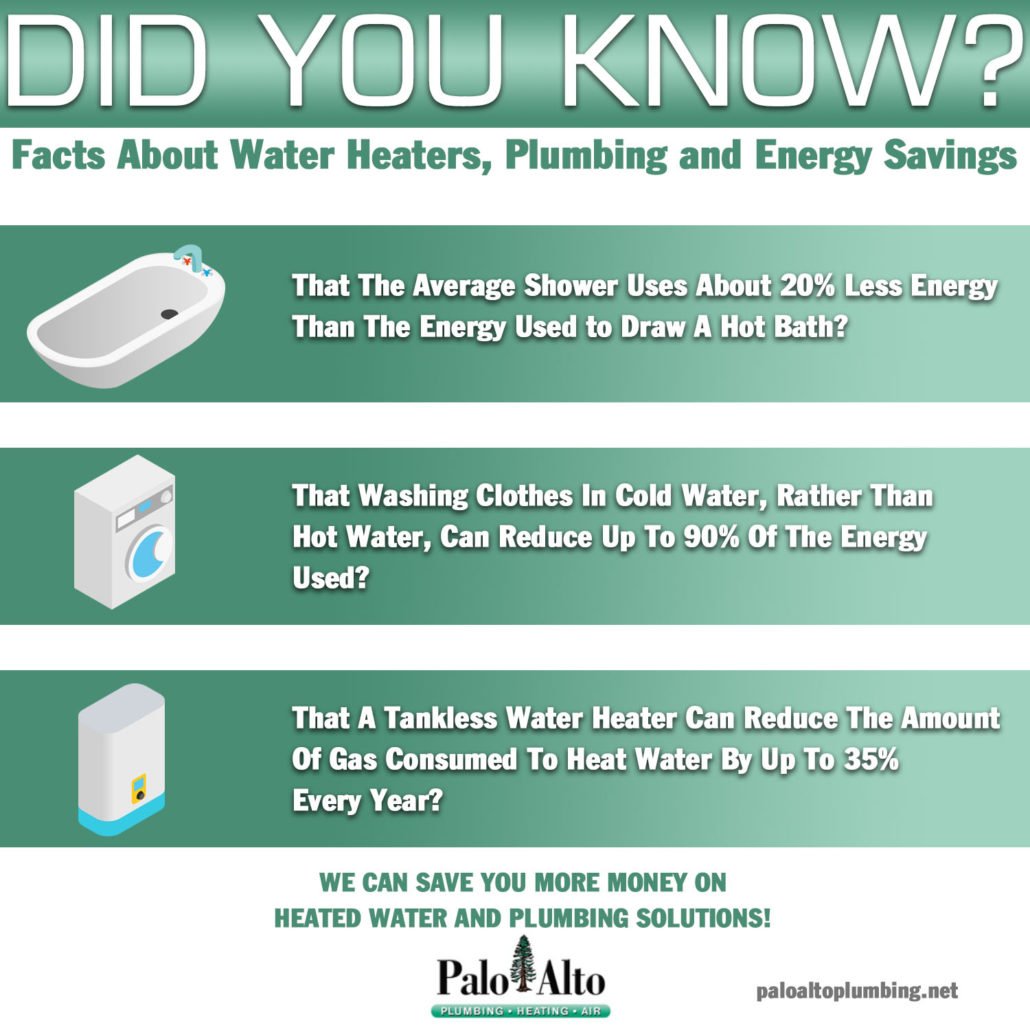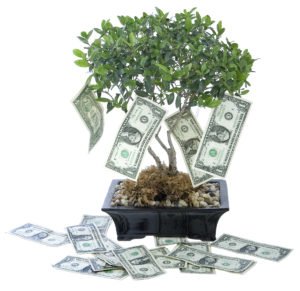Stay Warm and Cozy: The Ultimate Guide to Choosing the Perfect AC Cover for Winter
As the winter chill sets in, it’s time to ensure that your home remains a warm and comfortable haven. One often overlooked aspect of winter preparation is protecting your air conditioning unit from the harsh weather conditions. Below, learn the importance of using an AC cover for winter and receive valuable insights on choosing the perfect one for your needs.
The Need for Winter AC Protection
Many homeowners might question the necessity of covering their air conditioning units during winter. However, exposing your AC to the elements can lead to a variety of issues. Cold temperatures, snow, and ice can cause damage to sensitive components, decrease efficiency, and potentially result in costly repairs. Investing in a high-quality AC cover for winter is a proactive measure that can save you both time and money in the long run.
Understanding the Benefits
- Preventing Ice and Frost Buildup: Winter storms can bring freezing rain and snow, leading to ice buildup on your AC unit. An appropriately fitted cover acts as a protective shield, preventing ice from accumulating and causing damage.
- Preserving Efficiency: Cold temperatures can negatively impact the efficiency of your AC unit. A cover acts as insulation, helping to maintain a consistent internal temperature and ensuring that your system operates optimally when warmer weather returns.
- Extending Lifespan: Just like any other piece of equipment, your air conditioner has a lifespan. By shielding it from winter elements, you can extend its longevity and delay the need for costly replacements.
Choosing the Right AC Cover for Winter
- Material Matters: Opt for covers made from durable and weather-resistant materials. Waterproof and UV-resistant fabrics like polyester or vinyl are excellent choices as they provide maximum protection against the elements.
- Size and Fit: Ensure that the cover fits your AC unit snugly. A loose cover may not provide adequate protection, while a tight one might cause unnecessary stress on the unit. Measure your AC unit carefully and choose a cover that matches its dimensions.
- Ventilation Features: Look for covers with ventilation flaps or mesh panels. Proper ventilation prevents condensation buildup, which can lead to mold and mildew growth. It also allows for air circulation, helping to keep your unit dry and well-ventilated.
Installation Tips
Installing an AC cover for winter might seem like a straightforward task, but there are essential steps to follow to ensure its effectiveness.
- Clean the Unit: Before you install your AC cover for winter, make sure it’s clean and free of debris. Leaves, twigs, and other debris can trap moisture and lead to corrosion.
- Secure Fit: Double-check that the cover fits securely and that all fasteners are properly tightened. This prevents wind from getting underneath and causing the cover to flap or lift.
- Elevate the Unit: If possible, elevate your AC unit slightly before covering it. This prevents contact with accumulated snow and ice, reducing the risk of damage.
Maintenance Tips
Investing in a high-quality AC cover for winter is a step in the right direction, but proper maintenance is equally crucial to ensure its longevity and effectiveness.
- Regular Inspections: Periodically check your cover for any signs of wear and tear. Replace it if you notice holes, frayed edges, or other damage.
- Remove After Winter: Once winter is over, promptly remove the cover to allow your AC unit to breathe. Leaving the cover on during warmer months can trap moisture and encourage mold growth.
- Store Properly: When not in use, store your AC cover in a cool, dry place. Proper storage prevents the growth of mold and ensures that the cover remains in good condition for the next winter season.
Conclusion
Protecting your air conditioning unit with a reliable AC cover for winter is a small investment that pays off in a big way. It safeguards your AC from winter’s harsh conditions, ensuring it remains in top-notch condition when you need it most. By choosing the right cover, installing it correctly, and performing regular maintenance, you’re not only preserving the efficiency and lifespan of your AC unit but also saving yourself from potential headaches and expenses.
Get WinterReady with Palo Alto Plumbing
As you gear up for the winter season, don’t forget to safeguard your HVAC system with a premium AC cover for winter. At Palo Alto Plumbing, we offer a range of high-quality covers designed to protect your investment. Contact us today to explore our selection and ensure your AC stays in optimal condition throughout the winter months. Stay warm, stay cozy—choose Palo Alto Plumbing for all your winter HVAC needs!




